Kiyosumi Garden, one of the nine major gardens in Tokyo, is located in Kiyosumi, Koto Ward.
This time I took a walk around Kiyosumi Garden.
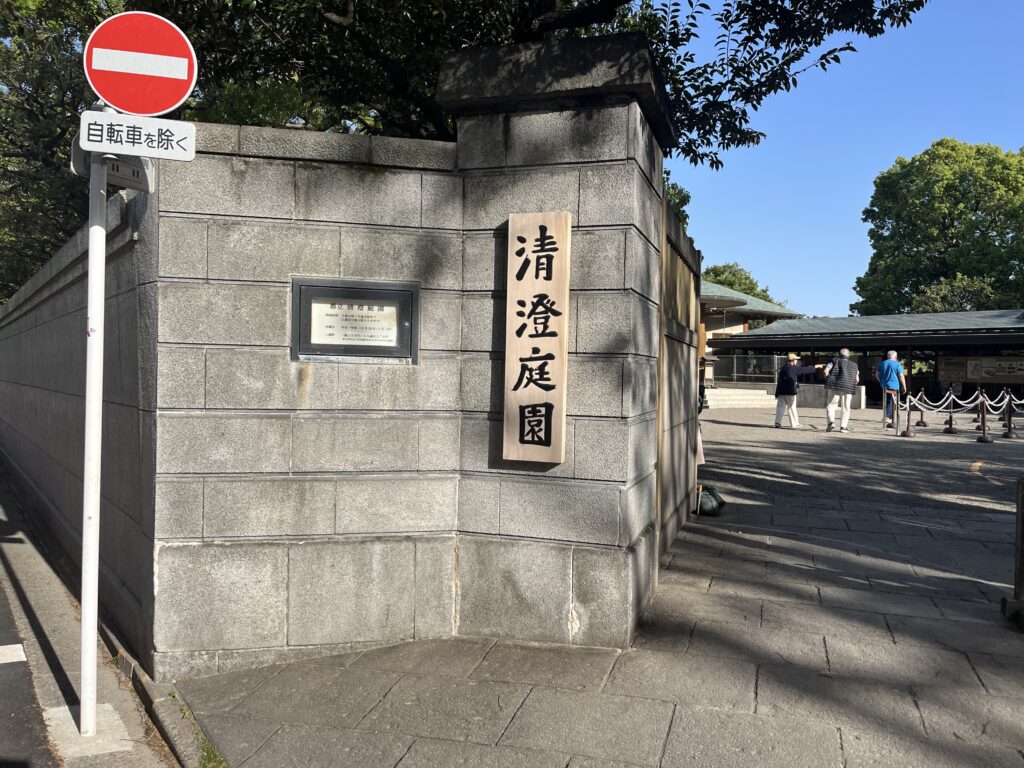
There is a nice sign at the entrance.
The entrance is not on the main street, but along Nakamura Gakuen-dori.
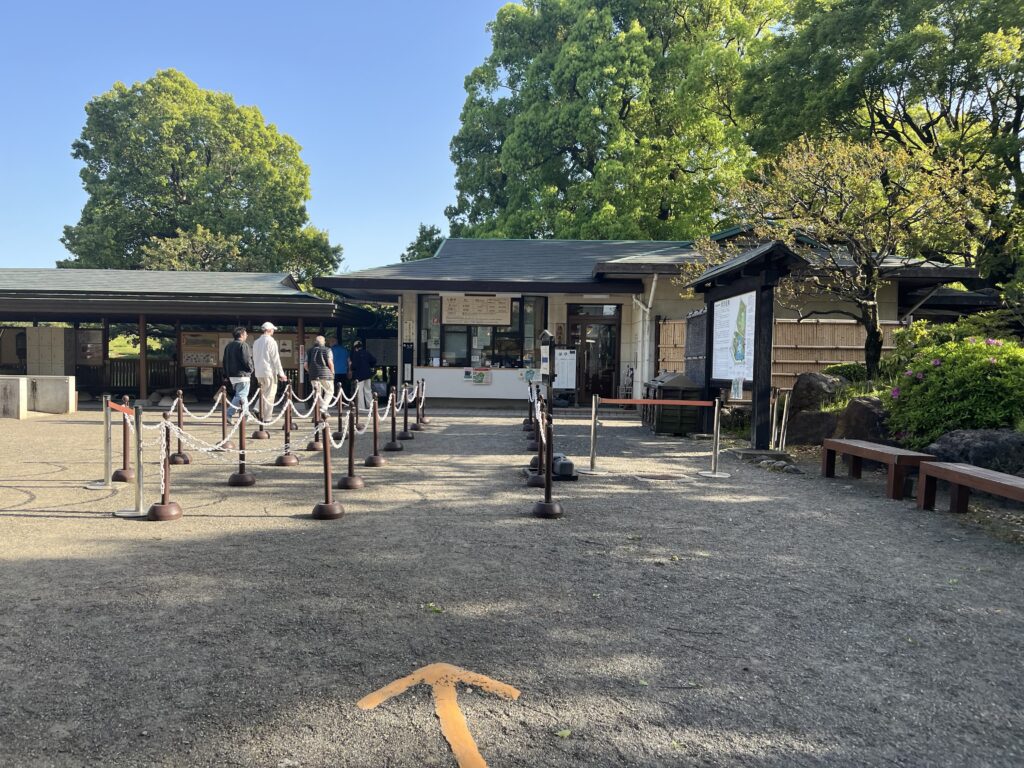
There is a reception desk right after you enter, so you can purchase your admission ticket there.
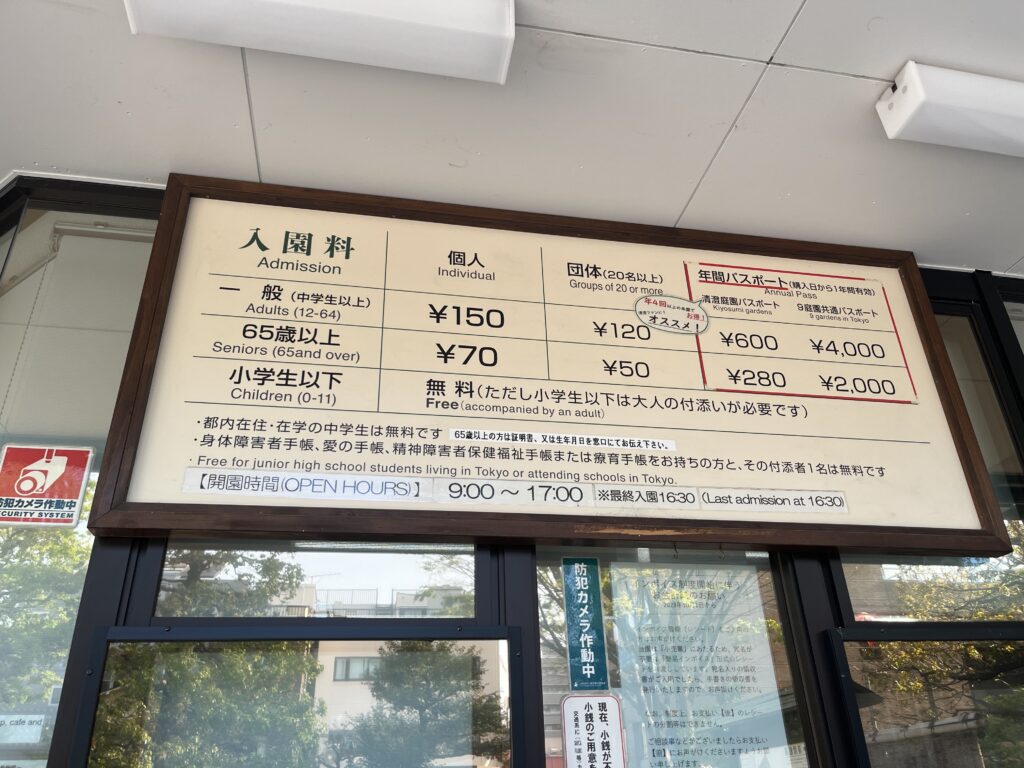
Admission is free for elementary school students and younger, 150 yen for junior high school students and older, and 70 yen for those 65 and older.
It’s even better value for groups and annual passes!
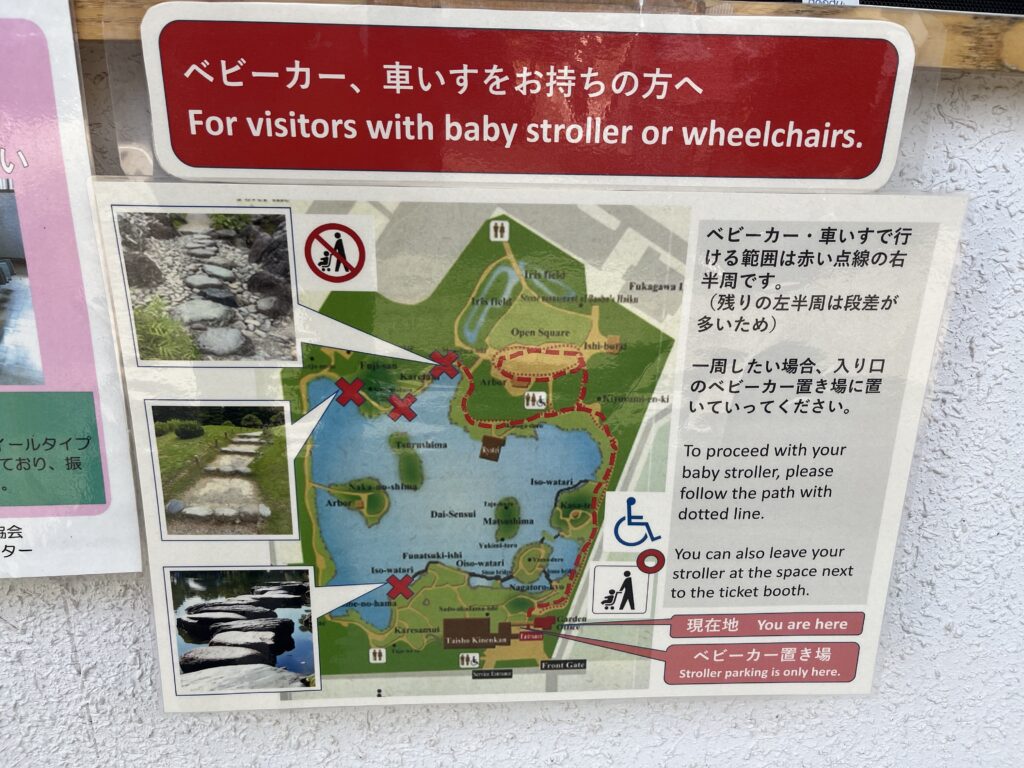
There are maps for strollers and wheelchair users at the entrance.
It seems that you can go in with a stroller or wheelchair if you go around the half circle to the right.
Now, let’s actually go inside Kiyosumi Garden.
A sign as soon as you enter indicates the route to the left, so this time we’ll go around from the left.
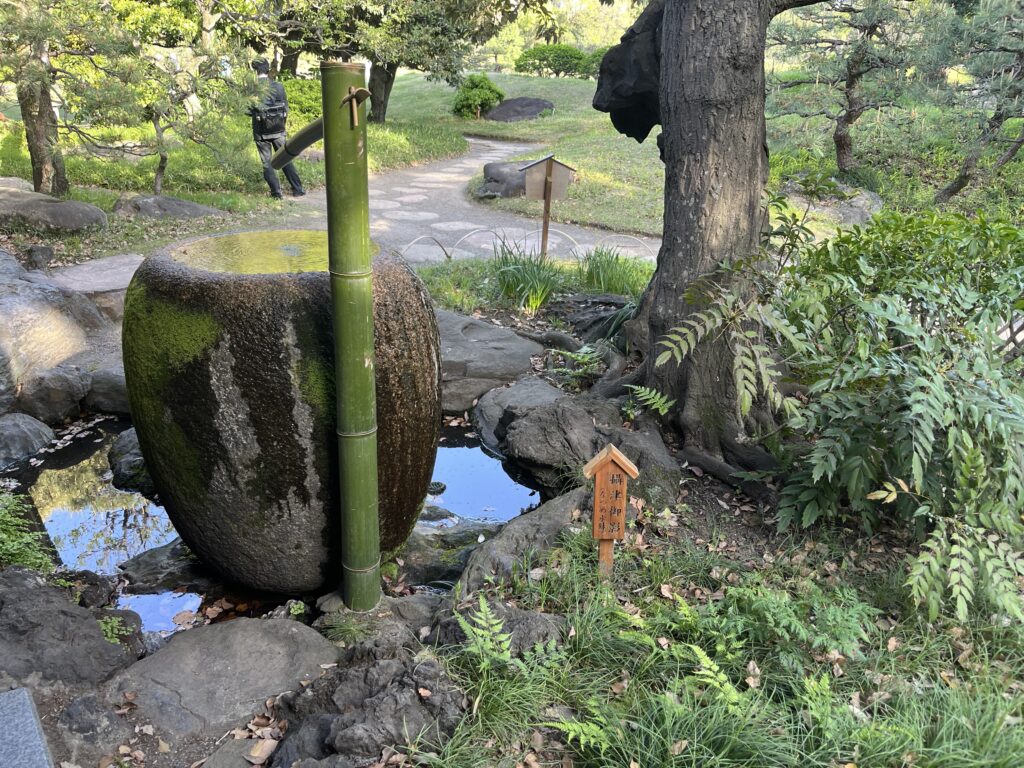
As soon as you enter, you will see something called Settsu Mikage.
I don’t know much about it, but water came out of the bamboo and pooled on the stones, resembling a waterspout.
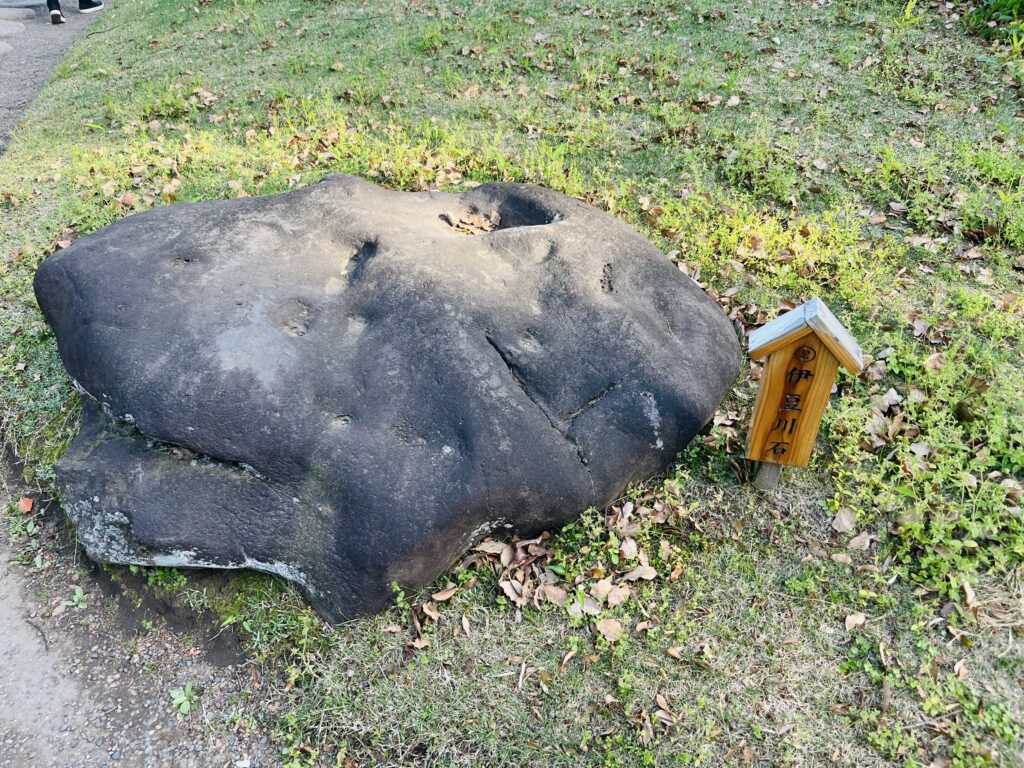
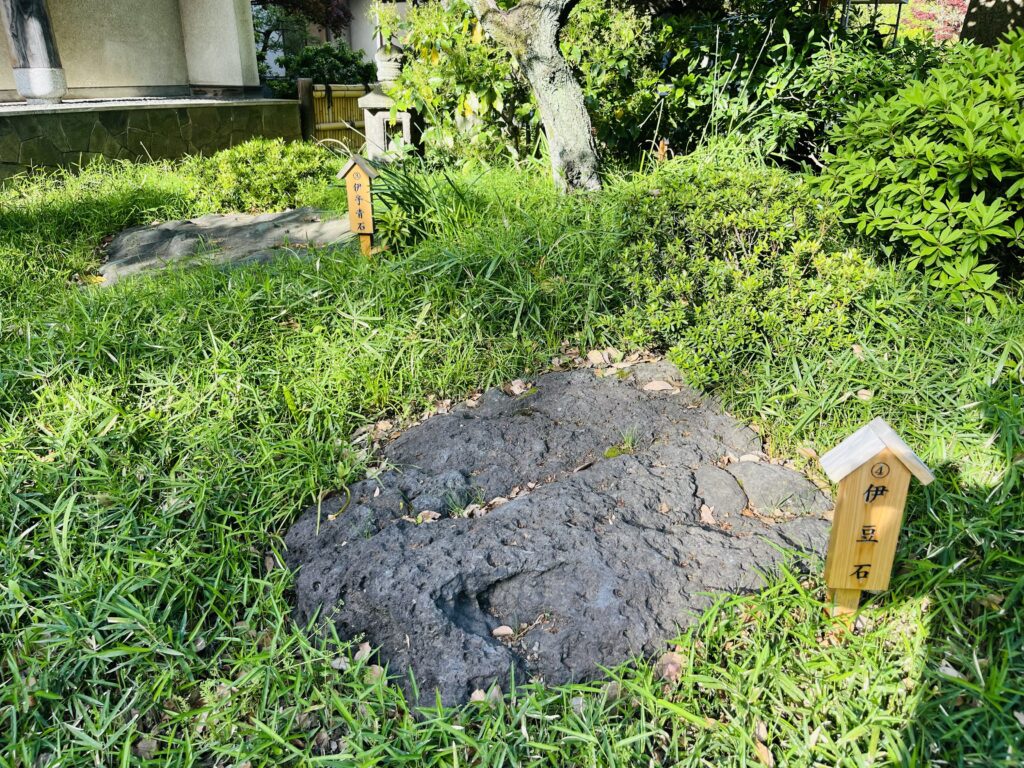
When you enter the garden, you will see large, impressive stones everywhere.
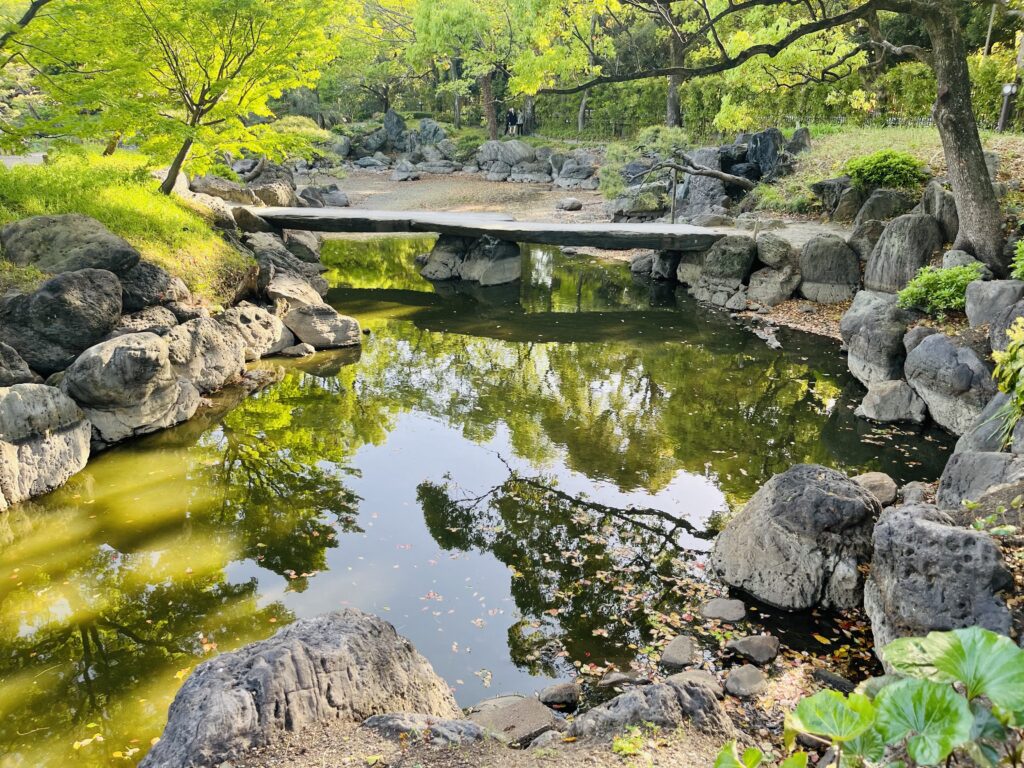
I thought there was a bridge, but it was also made of stone.
I’ve never seen such a big, thin stone before!
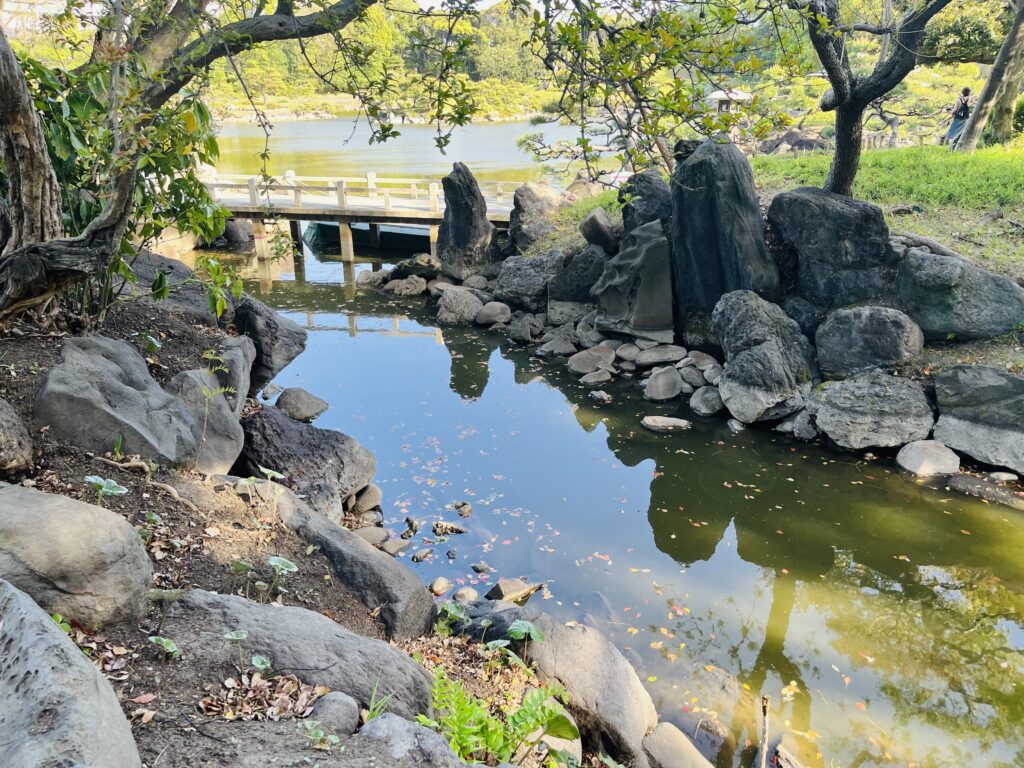
A waterway stretches out from the pond, with a bridge over it, making it look like a river.
The scenery of a Japanese garden, where nature seems to come together in one place, is very beautiful.
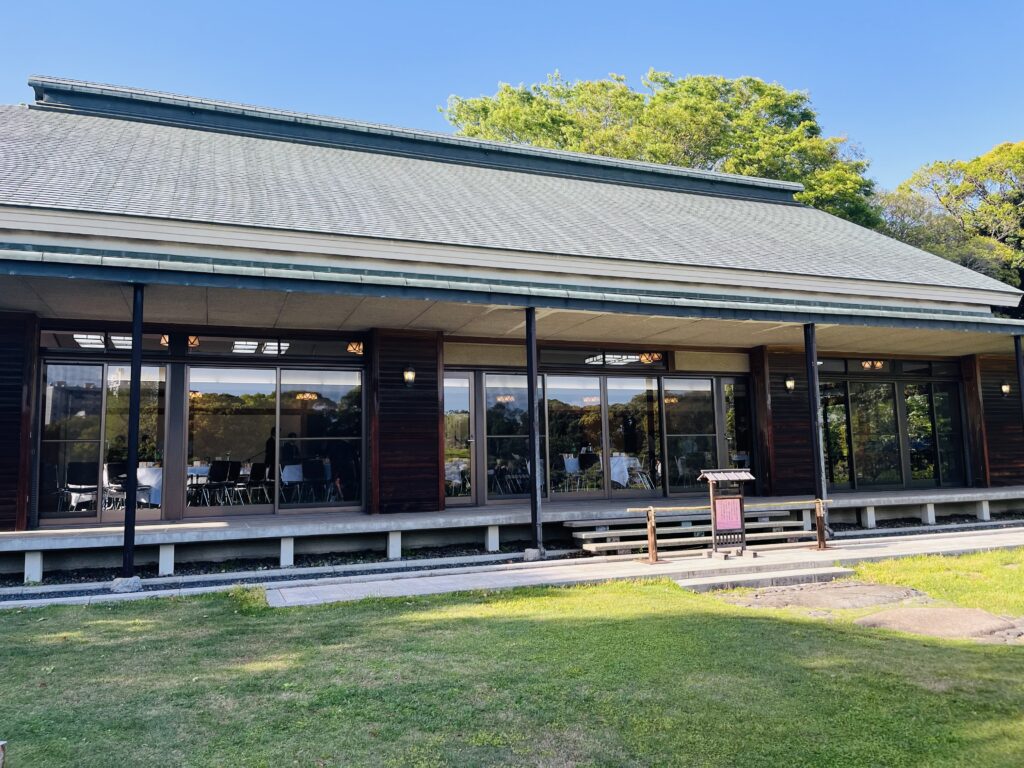
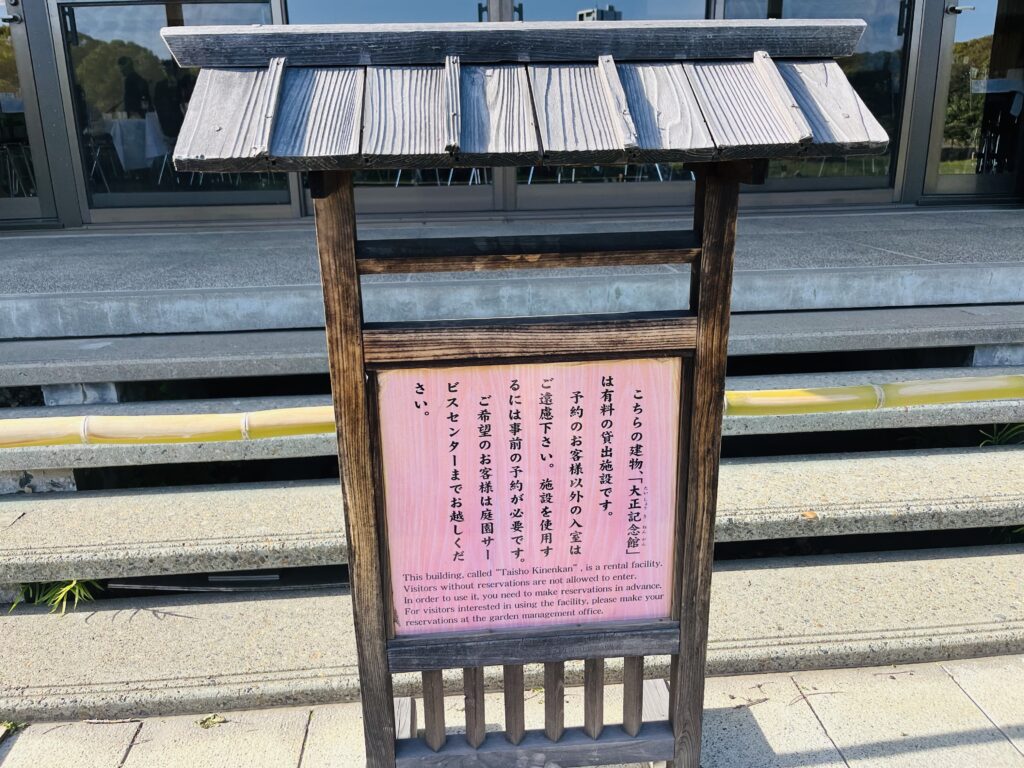
It seems that the Taisho Memorial Hall can be rented out for a fee.
It looks like it can hold a fair number of people, so it could be used for a variety of things.
It seems like it would be exciting to use the Taisho Memorial Hall in Kiyosumi Garden for some kind of gathering!
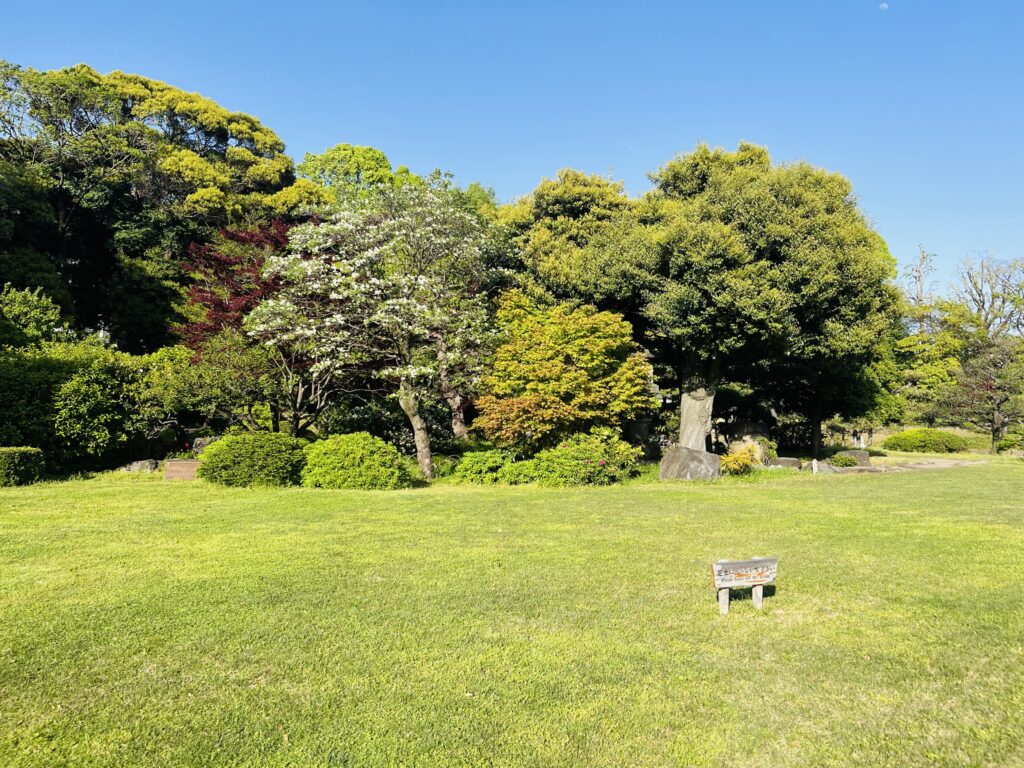
The lawn is nicely trimmed.
There are warning signs, but please be careful not to go onto the grass.
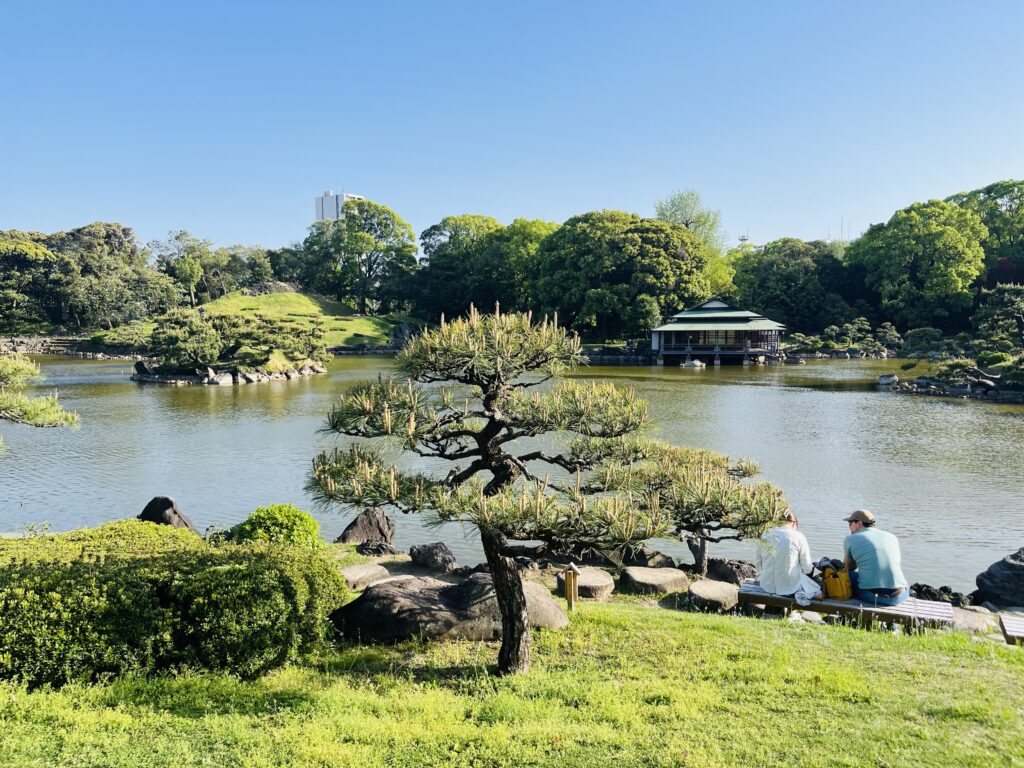
If you go a little way to the left from the entrance, you will come to a place where you can see the vast pond.
The view of the pond spreading out behind the pine trees and the pavilion beyond that is very picturesque.
Kiyosumi Garden was opened during the Meiji period, but I wonder if people back then saw a similar landscape.
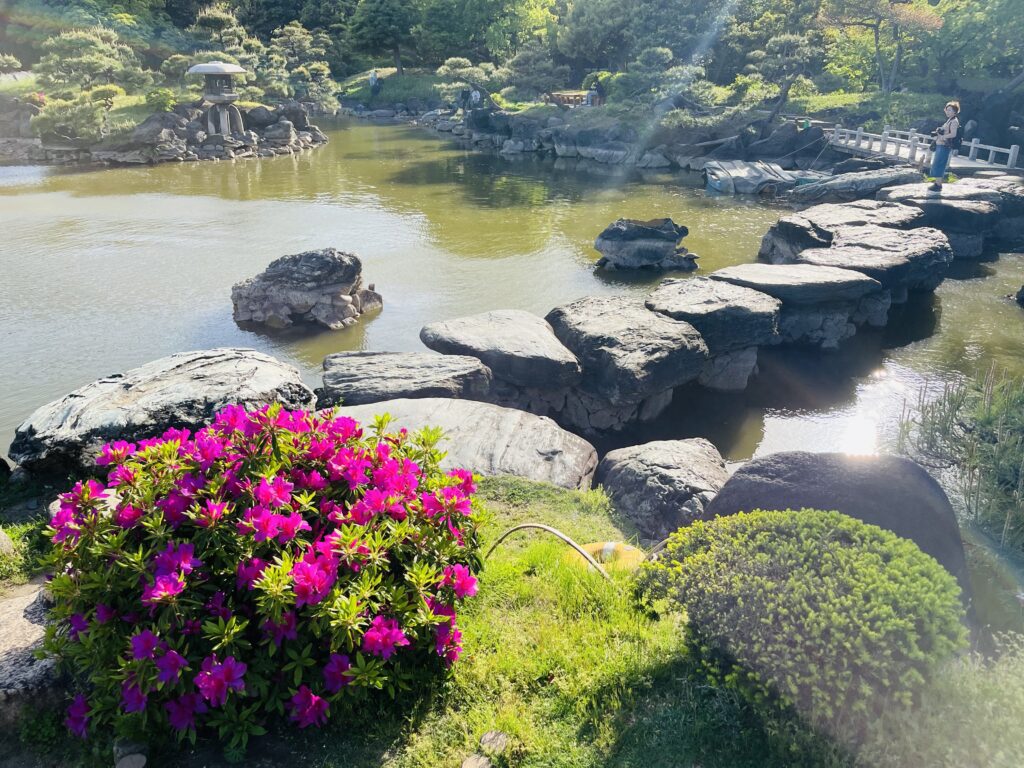
In places, you have to cross the pond by walking on stones.
With such large stones lined up, you can cross the pond, which gives it a bit of an athletic feel.
It might be a bit of a thrill for first timers.
If someone is walking towards you, please be considerate when crossing.
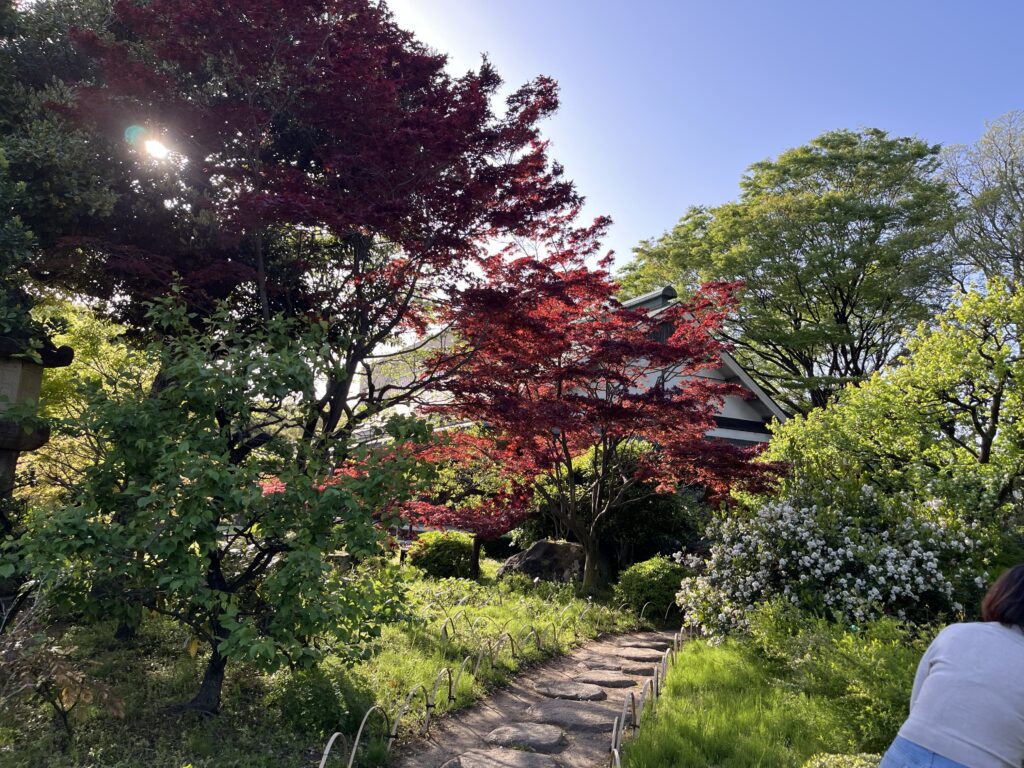
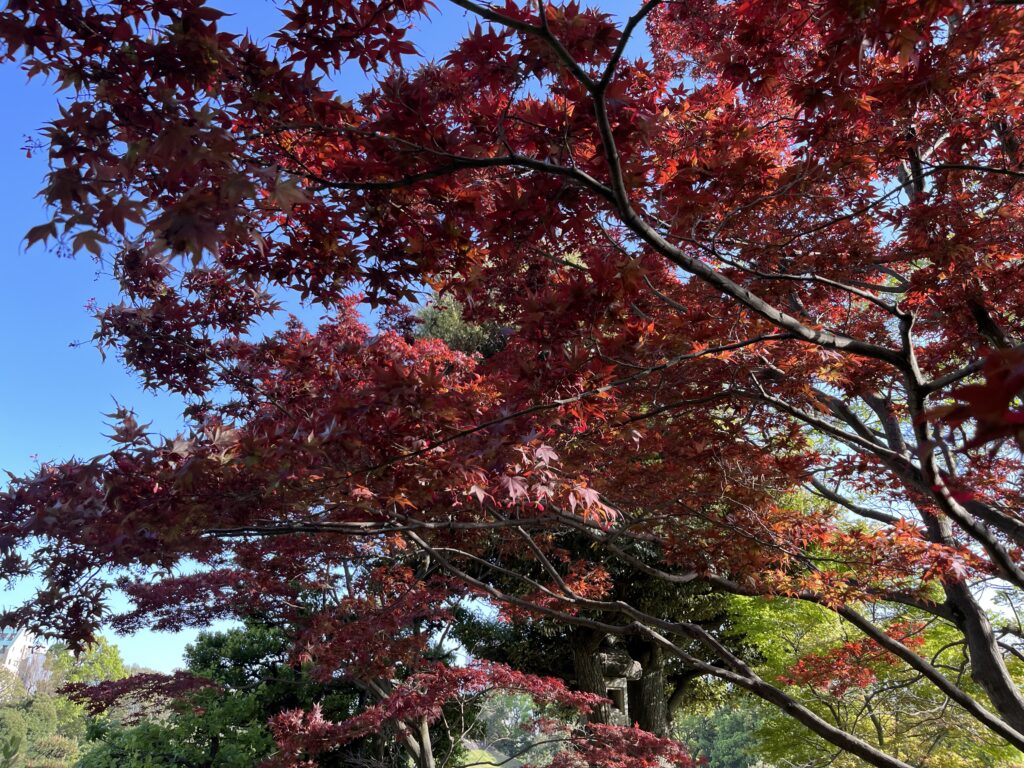
The autumn leaves were just beautiful on this day.
There are many different kinds of trees planted, and you can feel the four seasons, which makes you feel very calm.
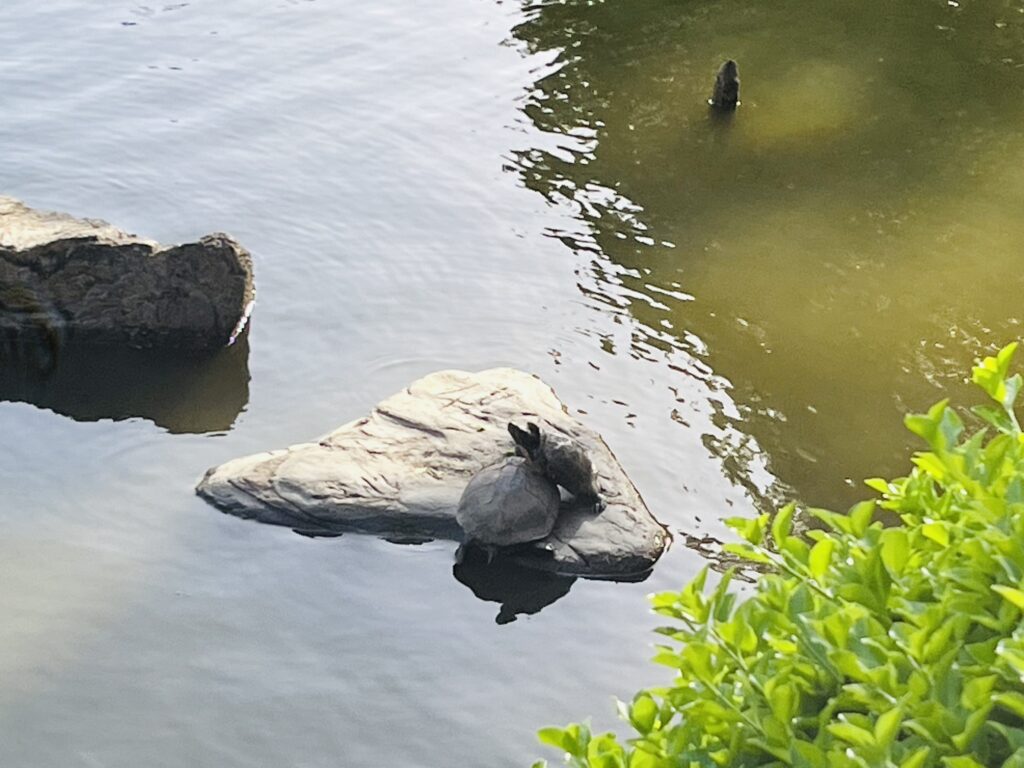
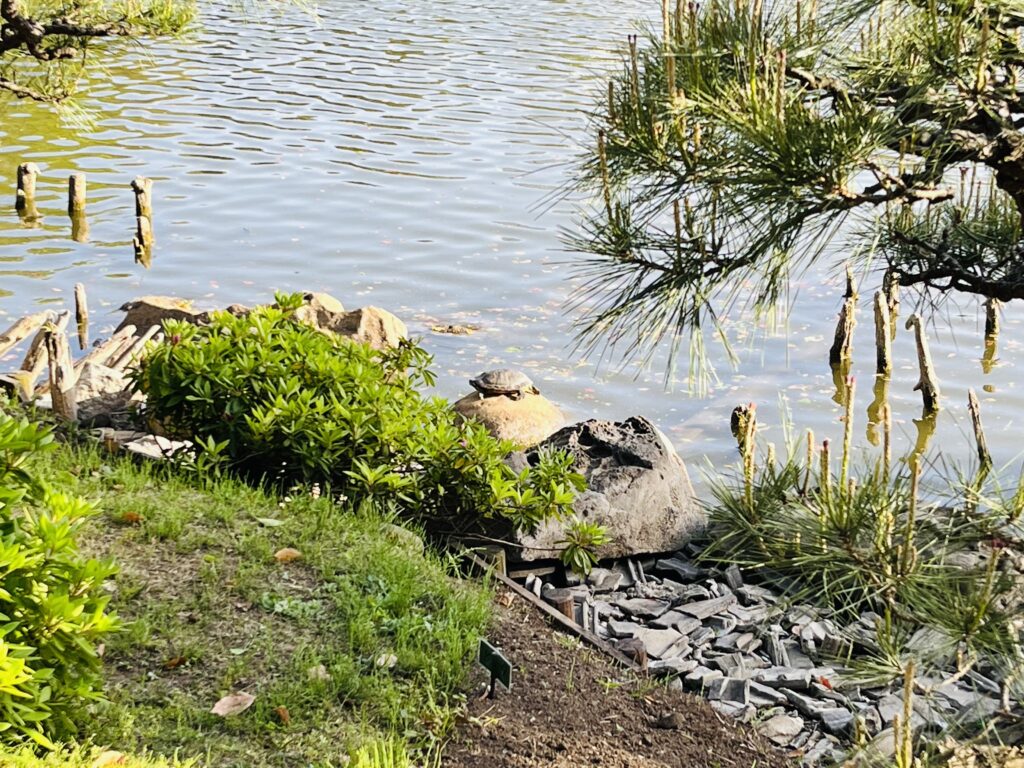
As I walked around the pond, I saw turtles climbing onto stones many times.
When I see the turtles relaxing, I also feel relaxed.
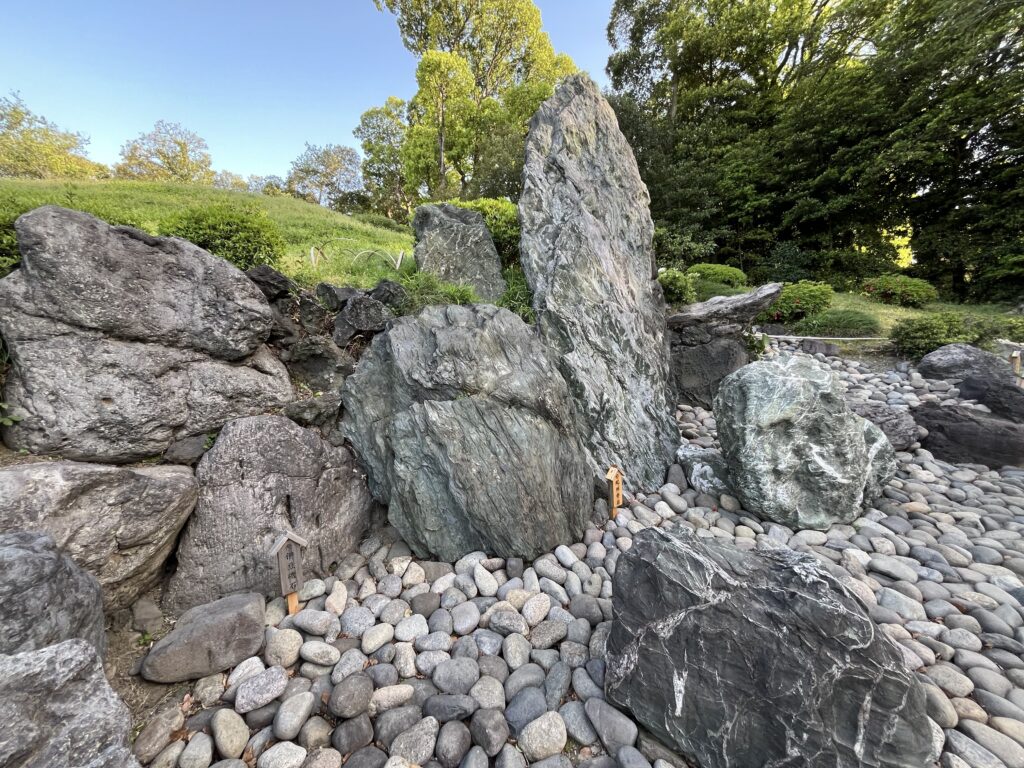
There is a large Kishu blue stone near the halfway point of the route.
When you stand next to it, it appears much larger than a person and is very impressive.

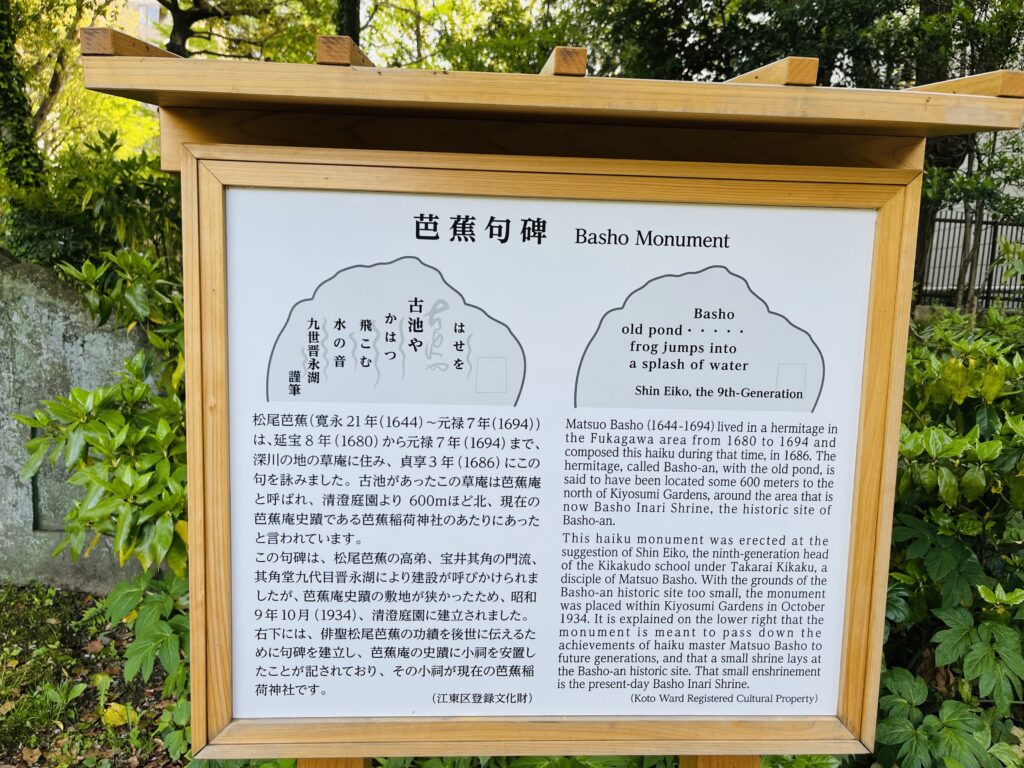
There is also a Basho haiku monument in Kiyosumi Garden.
This is the famous stone monument with the haiku “An old pond, the sound of water rushing in.”
Fukagawa is a place closely associated with Matsuo Basho, and the Basho Memorial Museum is located just a 10-minute walk from Kiyosumi Garden.
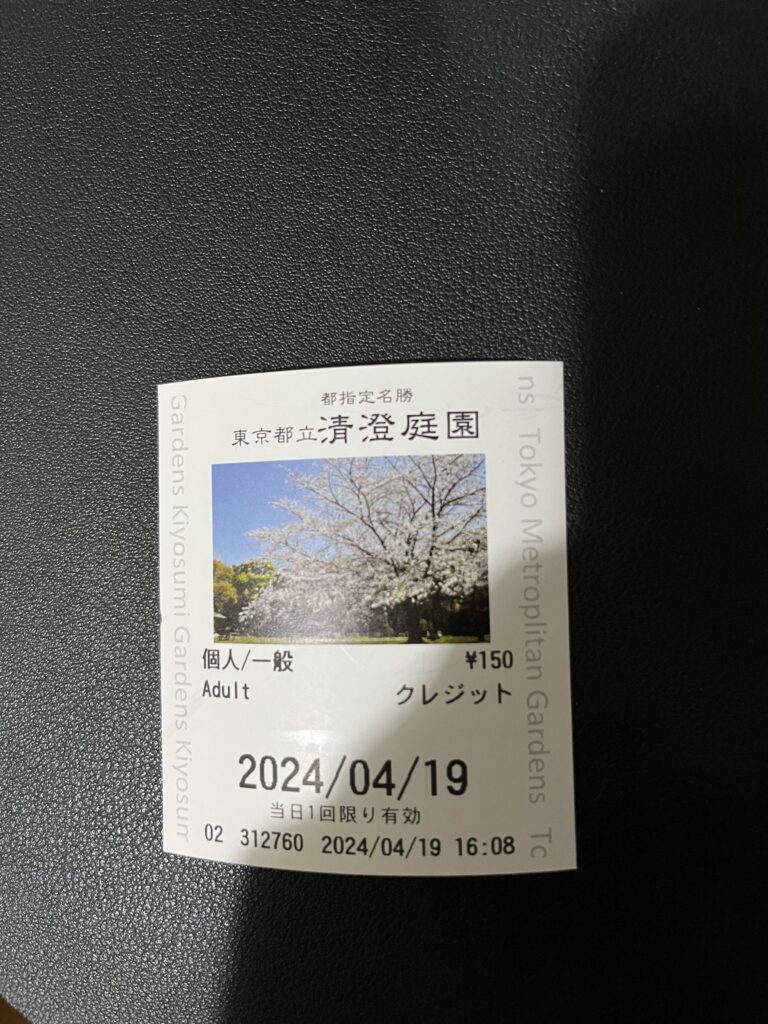
This is the ticket I used to enter the park today.
There is a cherry blossom tree printed on it!
Do the printed landscapes change with the seasons?
It will take about 40 minutes to walk around Kiyosumi Garden.
This time, I walked around enjoying each attraction one by one, so an hour passed between the time I entered the park and the time I left.
There are several benches along the way, so it may be a good place for people who want to walk slowly or take a break while walking.
place
This is where Kiyosumi Garden is located.
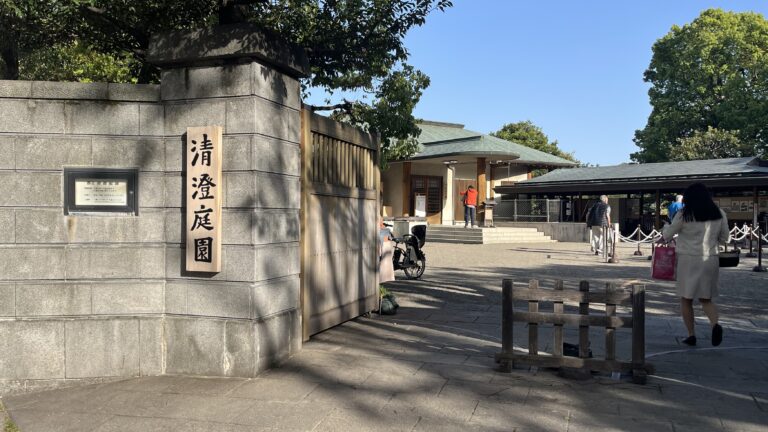
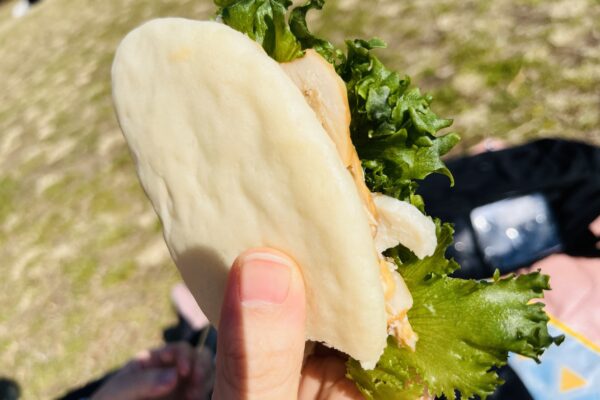
![🌸[Easy even for beginners] Experience potted plants at a home improvement store! We made a cute flower pot [Konan Koto Fukagawa store]](https://koto-ku-walker.blog/en/wp-content/uploads/2025/04/eyecatch_en-600x400.webp)
![[Farm to Me] We visited a popular bakery and restaurant where you can enjoy bread on a rooftop overlooking the Sumida River](https://koto-ku-walker.blog/en/wp-content/uploads/2025/03/IMG_9539-600x400.webp)
